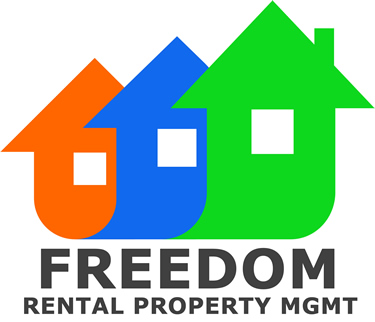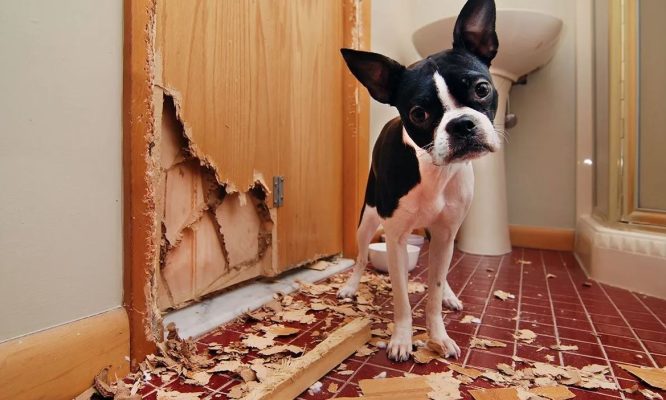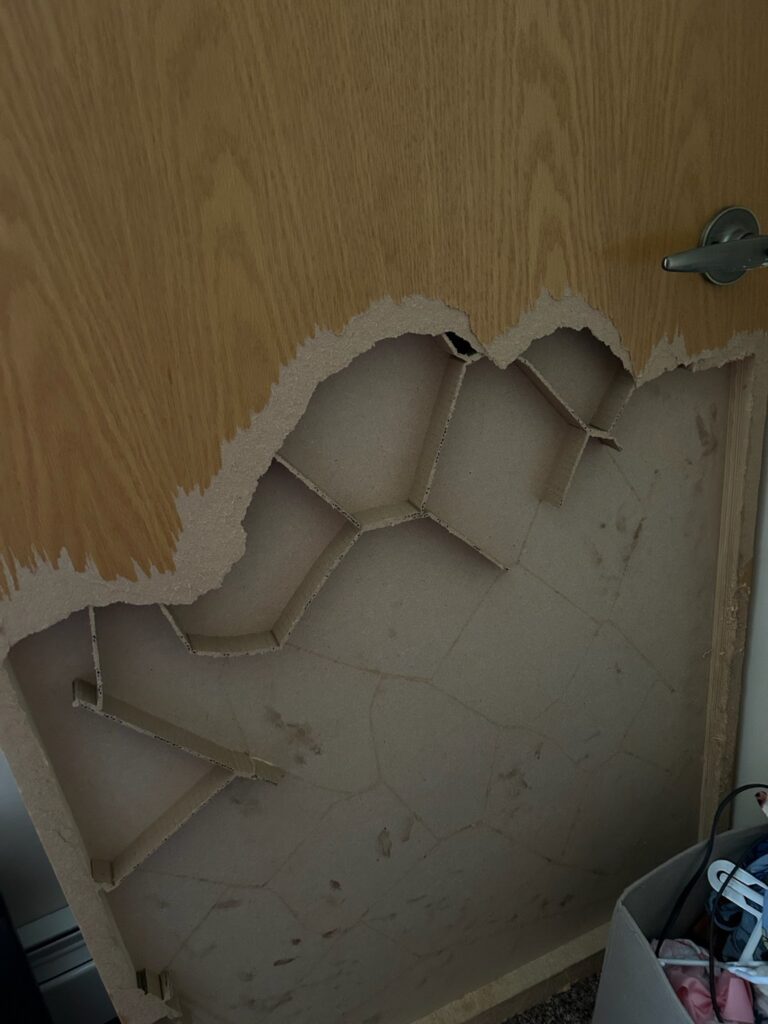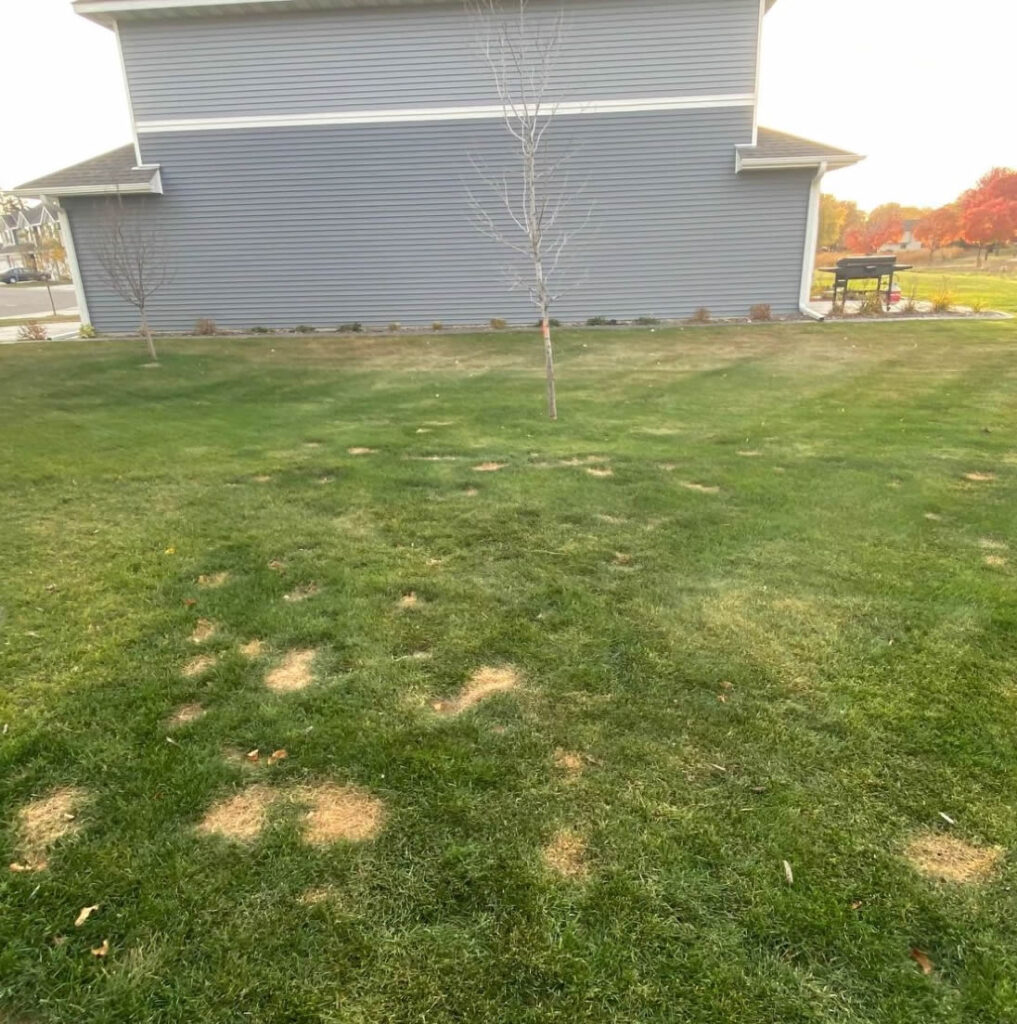When a tenant moves out of your Minnesota rental property, there will be turnover repairs and costs that are required before a new tenant can move in to bring it back up to market value and to pass a city rental inspection. Consider these tips for hiring a good handyman to do the turnover work. While you can use your tenant’s security deposit to pay for clear and obvious damage to the home, you cannot charge the tenant for normal wear and tear that occurred. Normal wear and tear is expected in any rental property, and the longer your tenant lived there, the more wear and tear your property will have.
Useful life of common items:
- Carpet – 8 years
- Paint – 4 years
- Window air conditioner, Dishwasher, garbage disposal – 10 years
- Gas or electric range, Refrigerator – 15 years
- Washer and Dryer – 12 years
- Linoleum and Vinyl Flooring – 15 years
In effort to minimize any surprises and be as transparent as possible, below are lists of what is considered normal wear and tear and what is considered excessive damage in Minnesota that will result in a deduction from the tenant’s security deposit.
Ordinary Wear and Tear: Landlord’s Responsibility
- Curtains faded by the sun
- Matted carpet
- Carpet stains removed with normal professional carpet cleaning
- Water-stained linoleum by shower
- Minor marks on or nicks in wall
- Small dents in the wall where a door handle bumped it
- Scuffs on walls
- Moderate dirt or spotting on carpet
- A few small tack or nail holes in wall
- A rug worn thin by normal use
- Worn gaskets on refrigerator doors
- Faded paint on bedroom wall
- Dark patches of ingrained soil on hardwood floors that have lost their finish and have been worn down to bare wood
- Warped cabinet doors that won’t close
- Stains on old porcelain fixtures that have lost their protective coating
- Moderately dirty mini-blinds
- Bathroom mirror beginning to “de-silver” (black spots)
- Frayed pull strings on blinds
- Dirty window screens
- Worn linoleum flooring
- Furniture marks in carpet
Damage or Excessive Filth: Resident’s Responsibility
- Cigarette burns in curtains or carpets
- Persistent stains in carpet not removed with normal professional carpet cleaning
- Broken tiles in bathroom
- Large marks on or holes in wall
- Excessive damage to wall corners or gouges on walls
- Door off its hinges
- Rips in carpet or urine stains from pets
- Lots of picture holes or gouges in walls that require patching as well as repainting
- Stains in rug caused by a leaking fish tank
- Broken refrigerator shelf
- Water damage on wall from hanging plants
- Water stains on wood floors and window sills caused by windows being left open during rainstorms
- Sticky cabinets and interiors
- Excessively filthy bathtub, shower, sink, mirrors or toilet
- Mirrors caked with lipstick and makeup
- Damaged or missing mini or vertical blinds
- Torn or pushed out windows screens
- Irremovable stains or chunks missing from linoleum flooring
- Removing paint put up by residents
- Repainting dirty or damaged walls before end of paint lifespan
- Broken windows
- Broken doors and locks
- Dug up yards caused by pet
- Smoke damage from cigarettes, incense, candles, or weed
- Cracked, dented, or chipped baseboard or trim
The above lists are standard in all of our lease agreements for transparency and no surprises as this can be a gray area.
Tenants Avoid Paying for Damage
Sometimes tenants are untruthful about damages or play dumb and act as if the don’t know how the damage occurred. Here is an example where the tenant’s new dog ate a door, which was admitted to. Two weeks later issues with the carpet were reported in the same location as the dog damage and tenant claimed the carpet was torn and loose upon move in. A thorough pre move in inspection with photos proved this to not be the case; it was more damage from the dog.
Another common example is damage to the garage door or track. Be sure to inspect the tenant’s vehicle for fresh damage / paint on the rear bumper area, indicating they hit the door with their vehicle.
Cleaning Issues
An unclean house upon move out is the most common deposit deduction. Since COVID, the cleanliness expectations of tenants moving in has increased dramatically; perfection is the standard expectation. When tenants move out, they are understandably stressed and over busy due to moving and balancing work and life at the same time. Our standard is to have the home professionally cleaned at the end of every turn, regardless of the tenant’s efforts as 99% of the time it’s not good enough. Also don’t forget about the outside of the home, especially if you have a town home in an association that charges the owner for yard damage. Start off on good terms with your new tenant by ensuring the home is as clean as you can get it.
Consider Life Expectancy of Major Appliances
Remember, everything breaks and everything needs to be replaced eventually. If you’ve had the same refrigerator or dishwasher for 20 years and it finally dies when a tenant is in place, that’s probably not the tenant’s fault. Air conditioning units and water heaters operate for 8-12 years before they need major repairs or replacements. Carpeting has a lifespan of between five and seven years and decent quality interior paint is good for three to five years. So, if you have a tenant moving out after five years of living in your property, you will almost certainly need to repaint it, and you may have to replace the carpeting. This should be done at the owners expense.
Move-In and Move-Out Inspection Reports
The most important thing you or your property manager in Minnesota can do to distinguish between wear and tear and tenant damage is document the condition of your home before a tenant moves in and after a tenant moves out. This will help you avoid and settle any disputes about the security deposit. Take a lot of pictures of every detail; each room, each wall, each floor, every door, and the closets, appliances, etc. Focus on doors, windows, and window coverings as they are damaged the most. When you compare the condition reports and before and after photos or videos, it will be easy to see if your property suffered any tenant damage during the tenancy. Be thorough in your inspections, especially the move out inspection, as little things can get missed as once you send the deposit back the money is gone. Focus on doors and windows especially, including the backside.Disagreements About Deductions
Tenants may challenge a security deposit deduction, and unfortunately sometimes be unreasonable about it to avoid paying, and it’s on the property manager or Landlord to prove the tenant damage. If the issue goes to court, the tenant always has the upper hand in tenant friendly Minnesota, so do your best in the beginning to document the home’s condition with photos and/or videos. Consider the costs of time and money when going to court, and a professional tenant knows this. If you want an experienced professional to handle these headaches for you then consider hiring a rental property manager in Minnesota that specializes in rental properties.







